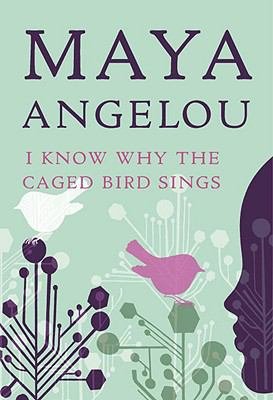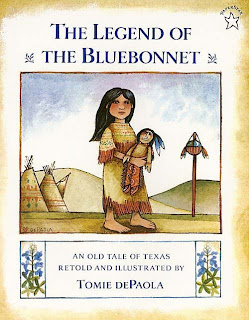1. How many hours did you complete?
I completed the 5 hours that were required for this course.
2. In a short paragraph or bulleted list, how did you spend your time?
I was able to work in a 1st grade room for 3 hours and a 4th grade room for 2 hours. While in both 1st grade and 4th grade rooms, I was able to observe and work with the students during reading and writing. While in the 1st grade room I worked with a small group of students in their reading circle. I had the students popcorn read the book that was assigned to their group. I helped them sound out words and asked them questions before, during, and after reading the book. I helped them with comprehension questions on a worksheet that their teacher assigned to them. Also I got to observe the teacher do the weekly word wall with the 1st grade students. This was very helpful because I have never taught reading. I feel more prepared now if I ever do teach reading in the future.
While working in the 4th grade room, I helped the students work on their reflective piece that goes in their writing portfolio. I conferenced with students one at a time and helped them insert punctuation in the correct places.
3. How did the experience help you to strengthen at least one Kentucky Teacher Standard?
The field experience was wonderful because I was able to work one on one with the students and worked with them in a group setting. The teacher and I collaborated together and I was able to ask any questions that I had about reading and writing. I used technology because I went over open response answer examples on the document camera. I feel that I improved on the technology Kentucky Teacher Standard which is Standard 6. I also improved on Standard 8 because I was able to discuss writing and reading strategies with a fellow teacher at my school. Standard 8 has to do with collaboration with colleagues and parents.
4. Talk a little about one thing you learned because of this field experience.
During this field experience I learned many new strategies in order to help children read and write. I really enjoyed the small reading groups because it allowed me to learn how the teacher groups students for reading based on their reading AR levels. It helped give me ideas on how to set up reading workshop.

